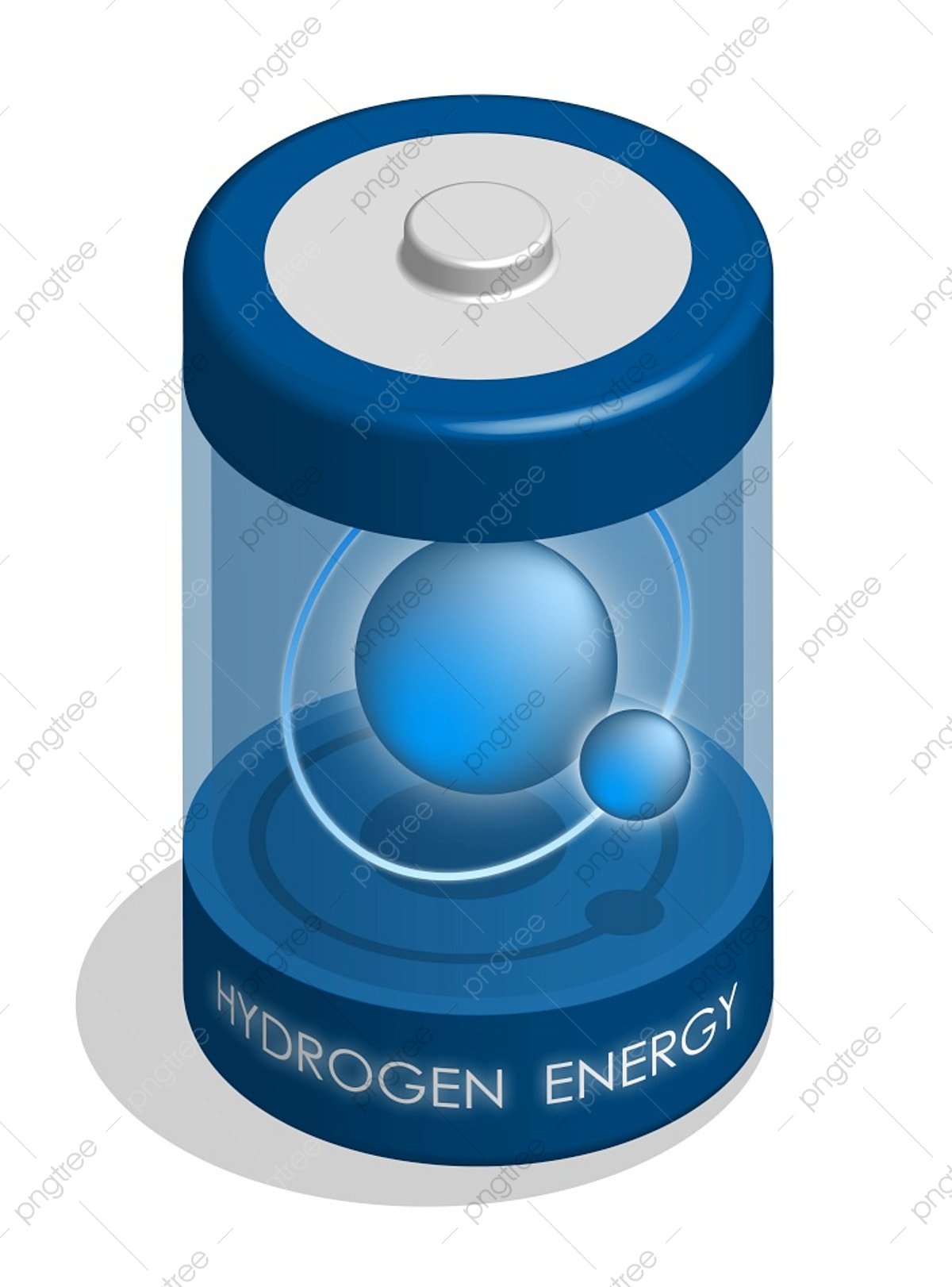Hydrogen And Battery Buses In Europe: Performance, Costs, And Environmental Impact

Table of Contents
Performance Comparison of Hydrogen and Battery Electric Buses
Choosing the right technology hinges heavily on performance. Let's compare hydrogen and battery-electric buses across crucial metrics.
Range and Refueling/Charging Time
Hydrogen buses boast a significant advantage in range, often exceeding 400km on a single tank, significantly more than the typical range of battery-electric buses, which can vary greatly depending on the battery size and weather conditions. This longer range mitigates "range anxiety," a crucial factor for longer routes and less frequent stops. However, the refueling time for hydrogen buses is considerably faster, typically taking only a few minutes compared to several hours for battery electric buses using standard charging infrastructure. Fast charging can reduce this time, but it often comes at the cost of battery lifespan.
- Example: A hydrogen bus might achieve a 450km range with a 5-minute refueling time, while a comparable battery-electric bus achieves a 250km range with a 2-3 hour charging time.
- Weather Impact: Cold temperatures significantly reduce the effective range of battery-electric buses, whereas the impact on hydrogen fuel cell performance is minimal.
- The lack of widespread hydrogen refueling infrastructure currently presents a major challenge, while the charging infrastructure for battery electric buses is rapidly expanding across Europe.
Passenger Capacity and Operational Efficiency
Both hydrogen and battery-electric buses offer comparable passenger capacities. However, operational efficiency differs. Hydrogen buses' heavier weight due to the fuel cell system and tanks can slightly impact fuel economy, while battery-electric buses are impacted by battery weight and charging times. Route suitability plays a vital role: Hydrogen buses are better suited to longer routes and those with limited charging opportunities, while battery-electric buses are often ideal for shorter, more frequent routes with readily available charging infrastructure.
- Passenger Comfort: Both technologies offer comparable passenger comfort levels.
- Operational Costs: While initial investment may be higher for hydrogen buses, operational costs, including energy costs, are highly dependent on the price of hydrogen and electricity.
- Energy Efficiency: While both are highly efficient, the overall energy efficiency of each type of bus depends on the entire lifecycle, from production of fuel/electricity to operation and disposal.
Technological Maturity and Reliability
Fuel cell technology for hydrogen buses is maturing rapidly, but it still lags behind the well-established battery technology in electric buses. However, both technologies continuously improve. Reliability remains a key factor; while battery technology is mature and generally reliable, the durability and longevity of fuel cell systems are subject to ongoing optimization.
- Fuel Cell Advancements: Increased efficiency and durability of fuel cells are key areas of research and development.
- Battery Technology: Advancements focus on increasing energy density, lifespan, and fast charging capabilities.
- Reliability Concerns: Both technologies face some reliability challenges, although these are being addressed through ongoing research and technological improvements.
Cost Analysis: Hydrogen vs. Battery Electric Buses
The total cost of ownership (TCO) for both technologies significantly impacts the decision-making process.
Initial Investment Costs
The initial purchase price of hydrogen buses is generally higher than that of battery-electric buses. This difference is amplified by the significant cost of establishing hydrogen refueling infrastructure, which is currently far less widespread than electric charging infrastructure.
- Capital Expenditure: Hydrogen buses often have higher capital expenditure due to the complex fuel cell technology and hydrogen storage systems.
- Infrastructure Costs: Building hydrogen refueling stations represents a substantial upfront investment.
Operational and Maintenance Costs
Operational costs encompass fuel/electricity, maintenance, and potential downtime. While hydrogen fuel costs can be competitive, the price volatility and limited availability are concerns. Battery-electric bus maintenance is generally easier and cheaper in the short term, and is also heavily impacted by electricity price.
- Fuel/Electricity Costs: The price of hydrogen and electricity fluctuate, influencing overall operational costs.
- Maintenance Schedules: Both require regular maintenance, but the specifics differ.
- Lifecycle Costs: A thorough lifecycle cost analysis considering both technologies across their entire lifespan is essential.
Subsidies and Incentives
Many European governments provide subsidies and incentives to encourage the adoption of zero-emission buses. These support schemes can significantly reduce the overall cost, making either option more financially viable.
- Government Subsidies: Vary considerably across European countries.
- EU Funding: The European Union offers various funding programs supporting sustainable transportation initiatives.
- Public Procurement: Public procurement policies often prioritize environmentally friendly vehicles.
Environmental Impact Assessment: Hydrogen vs. Battery Electric Buses
The environmental impact extends beyond tailpipe emissions to the entire lifecycle.
Greenhouse Gas Emissions
The lifecycle greenhouse gas emissions depend heavily on the source of hydrogen production. "Green" hydrogen, produced via renewable energy, offers virtually zero emissions; "blue" hydrogen, produced from natural gas with carbon capture, has lower emissions than grey hydrogen (produced from fossil fuels). Battery-electric buses have lower lifecycle emissions provided the electricity source is renewable.
- Carbon Footprint: The carbon footprint of both technologies varies drastically based on energy sources and manufacturing processes.
- Life Cycle Assessment: A thorough life cycle assessment (LCA) considering all stages from production to end-of-life is crucial.
Air Pollution
Both hydrogen and battery-electric buses produce zero tailpipe emissions, significantly improving local air quality compared to diesel buses. This results in reduced particulate matter and NOx emissions, leading to better public health outcomes.
- Particulate Matter: Both technologies virtually eliminate particulate matter emissions.
- NOx Emissions: Both significantly reduce NOx emissions compared to diesel buses.
Land Use and Resource Consumption
Manufacturing both types of buses requires significant resources. The production of batteries requires the extraction and processing of various minerals, raising environmental concerns. Hydrogen production, particularly green hydrogen, can also have substantial land use requirements, depending on the renewable energy source.
- Material Sourcing: The environmental impact of material sourcing for batteries and hydrogen production must be considered.
- Battery Recycling: Effective battery recycling is crucial to minimize environmental impact.
Conclusion
Choosing between hydrogen and battery-electric buses depends on specific contexts. Battery-electric buses currently offer a more mature technology with readily available charging infrastructure, lower initial costs (excluding infrastructure), and reduced environmental impact (provided green electricity is used). However, hydrogen buses excel in longer ranges, faster refueling, and may offer advantages in specific applications or regions. The future likely involves a combination of both technologies, tailored to the unique needs of different transport networks. Further research, development of infrastructure, and robust policy support are crucial to accelerate the transition towards a truly sustainable public transportation system in Europe, adopting zero-emission transport solutions wherever possible. Let's continue the discussion and explore the best paths towards green transportation initiatives and sustainable public transport solutions.

Featured Posts
-
 Warszawa Gosci Ks Sliwinskiego Konklawe Tajemnice Wyborow Papieskich Premiera Ksiazki
May 07, 2025
Warszawa Gosci Ks Sliwinskiego Konklawe Tajemnice Wyborow Papieskich Premiera Ksiazki
May 07, 2025 -
 Go Ahead Eagles Win Cup Final De Bussers Bosses Decide Shoot Out
May 07, 2025
Go Ahead Eagles Win Cup Final De Bussers Bosses Decide Shoot Out
May 07, 2025 -
 The Anthony Edwards Baby Mama Saga Unfolding Drama Online
May 07, 2025
The Anthony Edwards Baby Mama Saga Unfolding Drama Online
May 07, 2025 -
 Rihannas Third Pregnancy Announcement At The Met Gala
May 07, 2025
Rihannas Third Pregnancy Announcement At The Met Gala
May 07, 2025 -
 Ako Sa Bude Formovat Svetovy Pohar 2028 Dilema Nhl Ohladom Ruska A Slovenska
May 07, 2025
Ako Sa Bude Formovat Svetovy Pohar 2028 Dilema Nhl Ohladom Ruska A Slovenska
May 07, 2025
